Significance of Freshwater Fish in Finnish Diets
10 min read Exploring the cultural and nutritional importance of freshwater fish in shaping Finnish culinary traditions and regional diets. August 15, 2025 15:05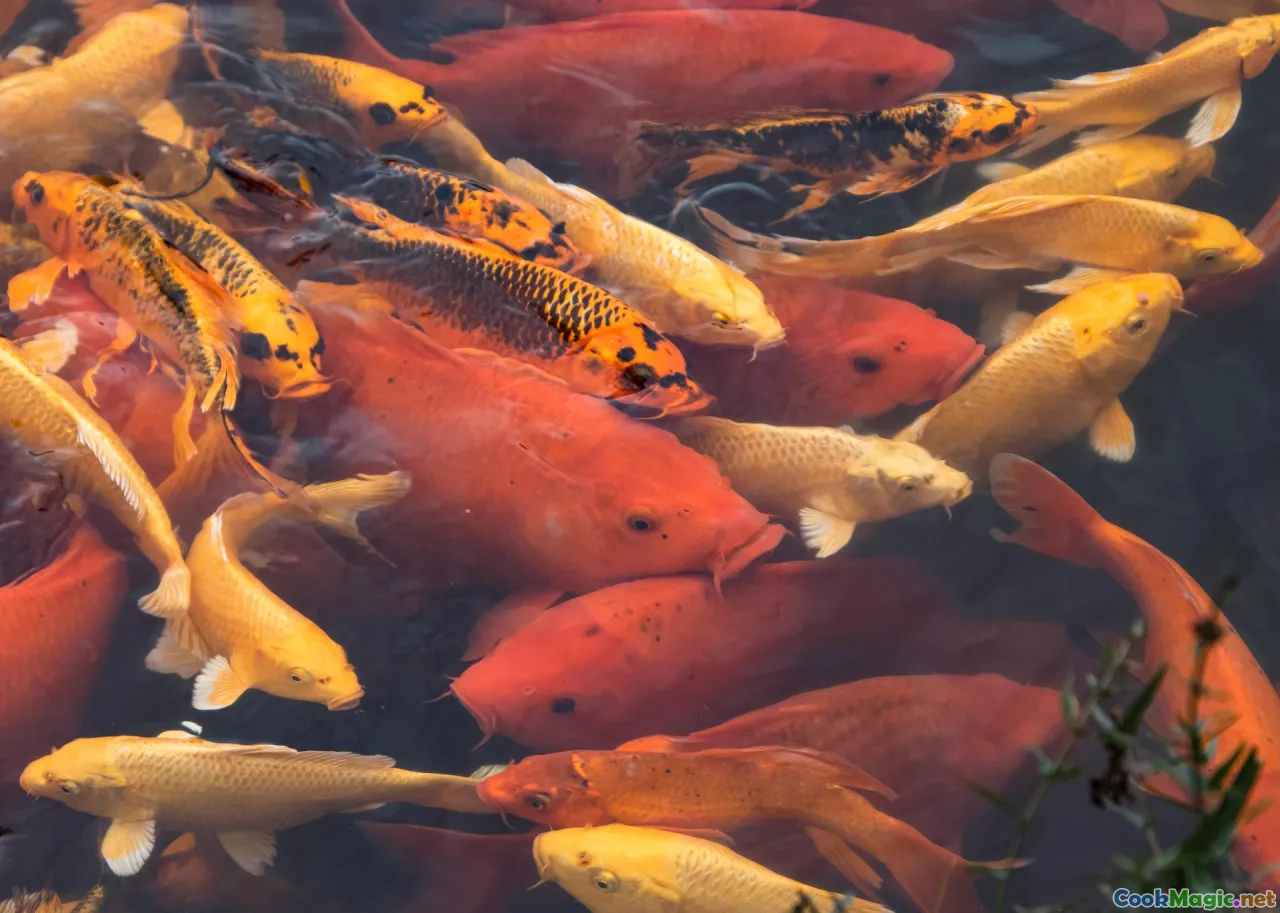
The Hidden Depths of Finnish Cuisine: The Significance of Freshwater Fish
Nestled amidst the vast, shimmering lakes and winding rivers of Finland lies a culinary tradition that echoes the very heartbeats of its land and its people. For centuries, freshwater fish—idealized in the crystal-clear waters of Saimaa, Päijänne, and Inari—have woven themselves into the fabric of Finnish diets, rituals, and identities. This article explores the profound significance of freshwater fish in Finnish cuisine, unravelling its cultural roots, sensory allure, and timeless traditions.
The Heartbeat of Finnish Waters: A Natural Abundance

Finnish waters are renowned for their clarity and richness, offering a sanctuary for countless freshwater species. From the silvery appearance of zander to the vibrant orange hue of perch, these fish inhabit lakes and rivers that have remained relatively untouched, nourishing communities for generations.
Historically, fishing was more than sustenance—it was a vital act of survival throughout Finland’s long, harsh winters. The abundance of fish meant that local populations depended heavily on their skills—shot with speed and patience—to stock their stores with smoked, dried, or fermented catches.
Cultural Significance and Traditions

In Finnish culture, freshwater fish symbolize resilience, connection to nature, and community. Fish dishes are central to traditions such as Juhannus (Midsummer), where lakeside saunas and evening fish fry-ups foster communal bonds. The act of catching fish itself is shrouded in folklore, often accompanied by stories of angler's patience or youthful adventures.
A quintessential tradition involves smoked whitefishorherring, prepared in rustic smokehouses, lingering with smoky aromas that seep into the very walls of lakeside cottages. These practices trace back to indigenous Sami communities, who relied on fish like arctic char, and have melded into broader Finnish customs.
Iconic Finnish Fish Dishes: From Lake to Table
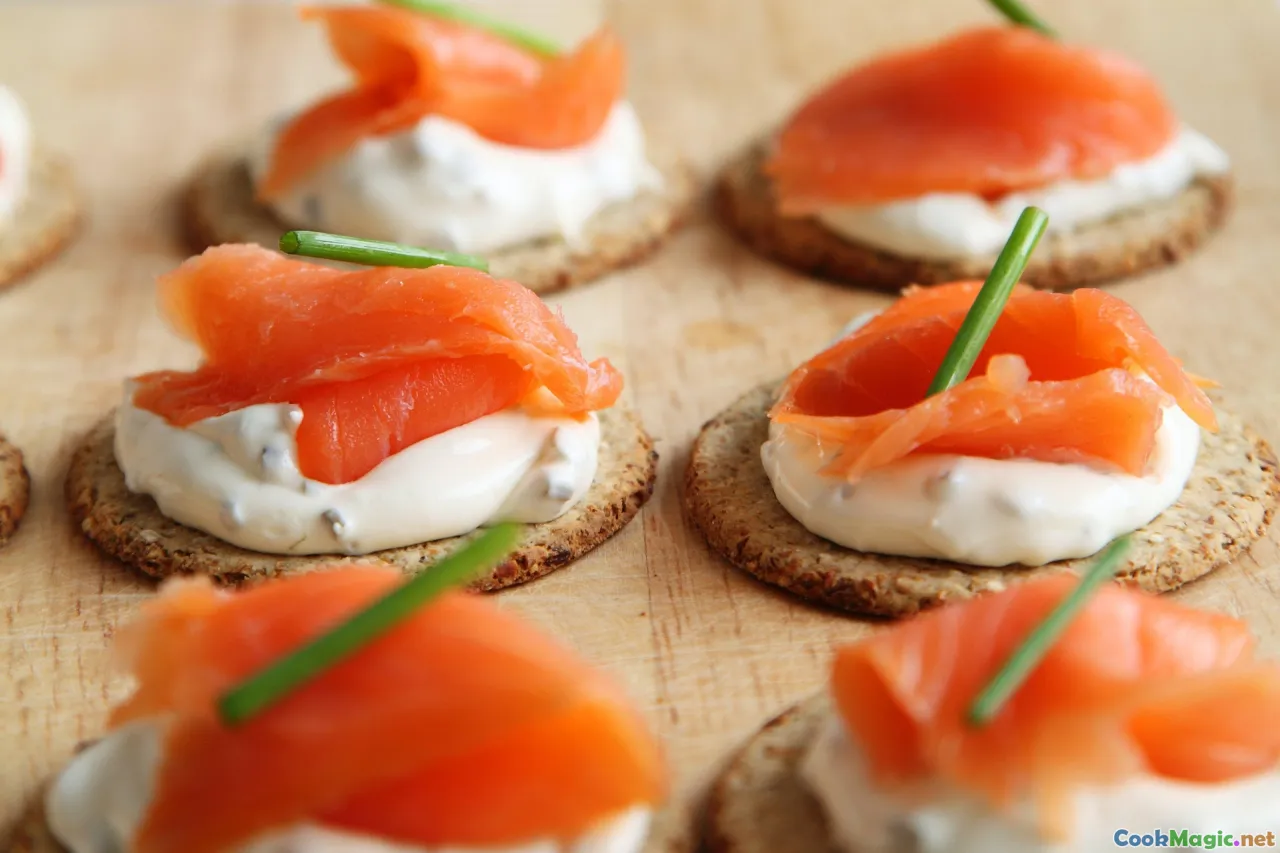
Finnish cuisine boasts a variety of dishes showcasing freshwater fish, each steeped in history and local flavor.
Kalakukko: The Cornmeal Fish Pie
A Kalakukko is a hearty, baked fish pie: a sturdy loaf of rye flour crust enclosing freshly caught perch or whitefish, sometimes combined with pork. Once baked in communal ovens, it develops a golden crust with a tender, flavorful interior. The dish epitomizes resourcefulness—using minimal ingredients crafted with patience—to create a portable, comforting meal.
Lohikeitto: Creamy Salmon Soup
While popular across Scandinavia, the Finnish Lohikeitto deserves special mention. Made from fresh salmon, potatoes, leeks, and dill, simmered in cream, it radiates a rich aroma and velvety texture, perfect for cold winter days. Its delicate balance of saltiness and sweetness offers a sensory voyage—each spoon tingling with the freshness of the catch.
Grilled or Smoked Fish Plate
At lakeside saunas or summer markets, you’ll find displays of smoked whitefish, perch, and vendace. The aroma is intoxicating—a smoky, slightly oily scent mingling with the cool northern air. Eaten straight from the alder or birch-smoked racks, these fish are tender, with a flaky texture that melts in the mouth, complemented by fresh rye bread and lingonberries.
Fish Roe Delights
Another cherished delicacy is mätisukkel, fermented vendace roe, savored with boiled potatoes or seared and served as a delicately salted garnish. Its intense umami, paired with the salinity of the roe, is a sensory highlight for many Finns.
Farming, Sustainability, and Ethical Fishing
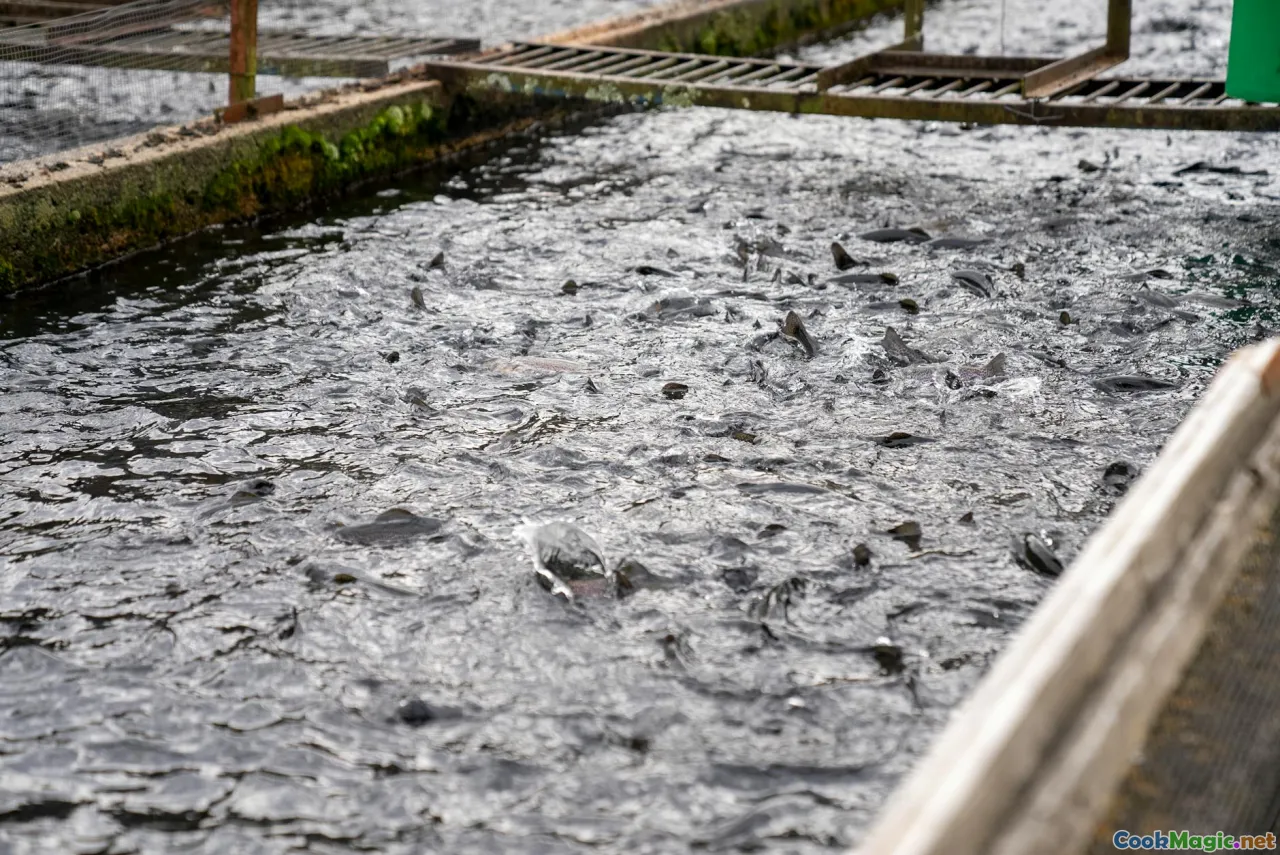
Modern Finnish fishing emphasizes sustainability, ensuring that freshwater fish remains abundant for future generations. Strict regulations govern fishing quotas, implement catch-and-release policies, and promote eco-friendly aquaculture.
Large-scale fish farms, particularly for whitefish and salmon, operate with minimal environmental impact, adhering to Nordic principles of conservation. This balance between tradition and innovation helps preserve the lakes' ecological integrity while supplying fresh, ethically-sourced fish.
How to Incorporate Finnish Freshwater Fish into Your Cooking
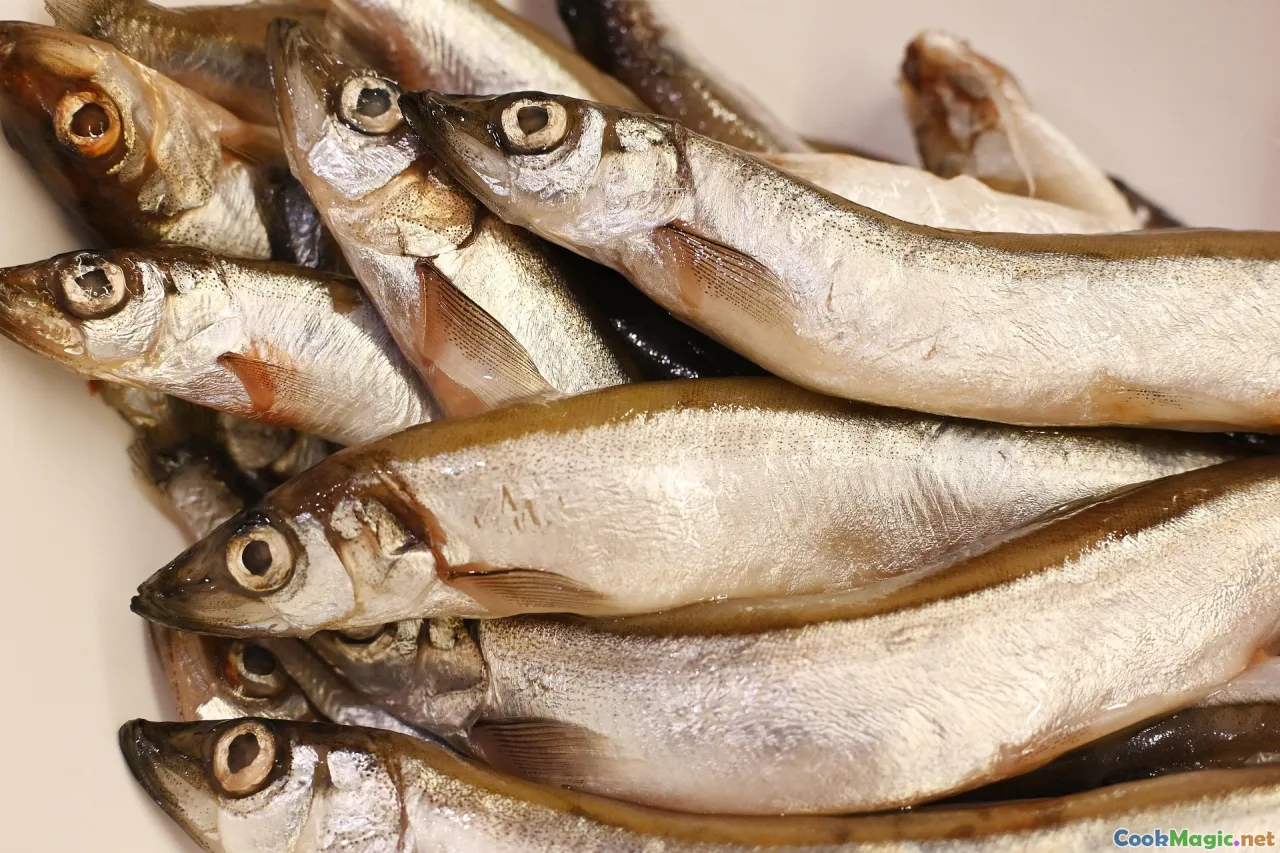
For culinary enthusiasts eager to explore Finnish flavors, starting with simple recipes rooted in tradition is best.
**Tip 1:**Use fresh, high-quality fish—locally sourced if possible—to recreate authentic flavors.**Tip 2:**Embrace traditional methods like smoking or marinating with dill, juniper berries, or lemon to enhance the natural flavors.Tip 3:Pair your fish with traditional Finnish side dishes—dumplings (lihapullat), rye bread, lingonberry jam, or boiled potatoes—for a genuine experience.Sample recipe:### Finnish Smoked WhitefishIngredients:
- Fresh whitefish fillets
- Salt and sugar (1:1 ratio)
- Birch or alder wood chips
- Dill and lemon slices for garnish
Preparation:
- Rub the fish with a mixture of salt and sugar; leave it to cure for 6–12 hours.
- Rinse gently and dry.
- Smoke in a smoker or over an open fire with soaked wood chips until the fish is opaque and flaky (about 1–2 hours).
- Serve with lemon slices, fresh dill, and rye bread.
This dish encapsulates the sensory richness of Finnish freshwater fish—the smoky aroma, tender texture, and fresh flavors truly transport you to a lakeside cabin.
Emotional and Personal Connections
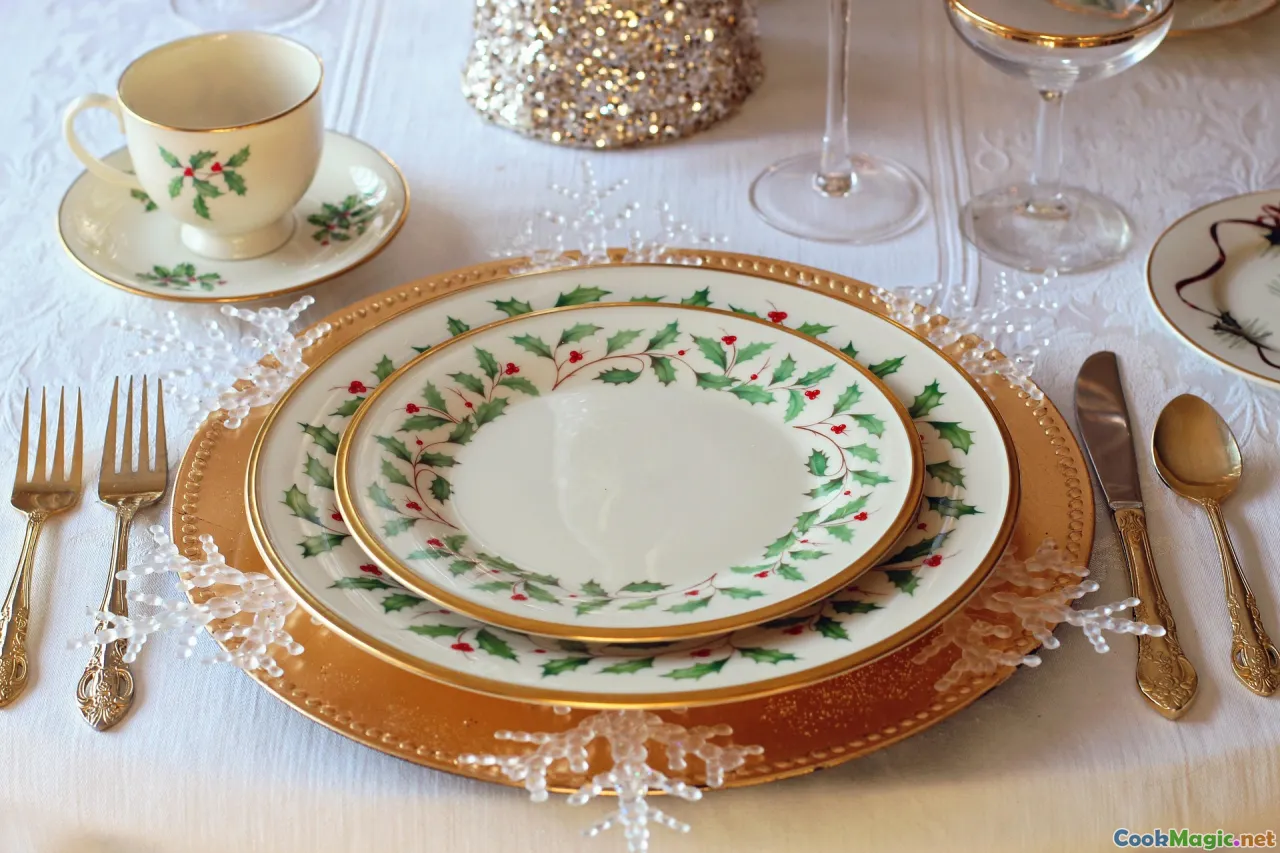
Nothing captures the soul of Finnish life more than enjoying fresh fish outdoors—be it sitting at a lakeside cabin, gathering with loved ones around a peat fire, or sharing stories during a fishing trip. The subtle taste of a freshly smoked fish, paired with the crispness of a cold Baltic morning, remains etched in the hearts of Finns.
Many Finns have a story of their childhood—learning to fish with a grandfather, catching smelt at dawn, or tying nets in the village harbor. These memories frame a food culture rooted in respect for nature, patience, and the simple joys of life.
Final Reflections: A Tradition Steeped in Nature
The significance of freshwater fish in Finnish diets extends far beyond nutrition; it embodies the resilience, harmony, and deep connection the Finnish people have with their natural environment. As global demands for sustainable and locally sourced foods grow, Finnish freshwater fish serve as a shining example of how culinary tradition and ecological mindfulness can coexist.
Embarking on the journey of exploring Finnish fish cuisine offers not just a taste of the waters but a portal into a land where food, tradition, and the natural landscape intertwine—each bite a tribute to generations of Finnish ingenuity and reverence for the lake-drenched, cold-air lands that they call home.









